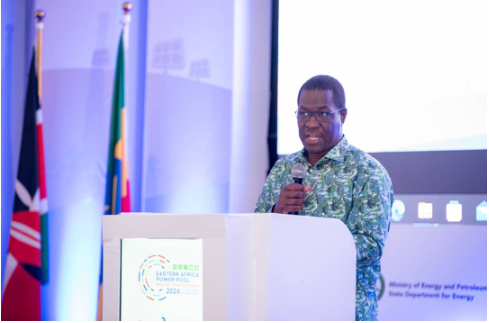
The East African Community (EAC) has reaffirmed its commitment to establishing a centralized energy market by 2025. This ambitious initiative aims to integrate the energy sectors of member states, promoting efficiency, affordability, and sustainability across the region.
At a recent summit in Arusha, Tanzania, energy ministers and key stakeholders from the EAC member countries outlined plans to harmonize regulations, enhance cross-border infrastructure, and adopt unified policies for electricity trade. The centralized energy market will enable member states, including Kenya, Uganda, Tanzania, Rwanda, Burundi, South Sudan, and the Democratic Republic of Congo, to share resources and address energy shortages more effectively.
EAC Secretary-General Peter Mathuki highlighted the transformative potential of the initiative, noting that it would reduce energy costs for consumers, boost industrial productivity, and attract foreign investment. A unified energy market will position the EAC as a competitive hub for industrial growth and sustainable development, he said.
The project involves significant upgrades to regional transmission networks, ensuring interconnectivity between member states. Ongoing infrastructure projects, such as the Kenya-Tanzania interconnector and Uganda’s energy export plans, are expected to play a crucial role in facilitating this integration.
Renewable energy is also a major focus, with plans to expand investments in solar, wind, and hydropower projects. This aligns with the EAC’s broader goals to achieve energy security and contribute to global climate change mitigation efforts.
Despite the ambitious timeline, challenges remain, including securing funding, addressing regulatory disparities, and ensuring political will among all member states. However, experts believe the benefits of a centralized market outweigh the hurdles, offering a blueprint for regional energy cooperation in Africa.
The EAC’s move reflects a growing trend among African regions to integrate energy markets, signaling a brighter, more sustainable future for the continent.

